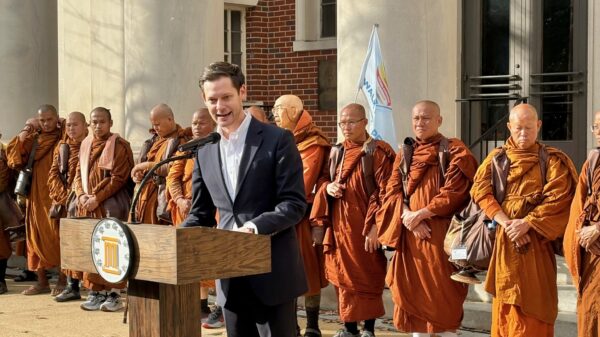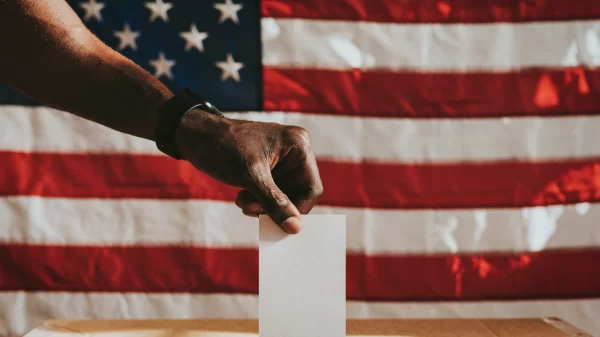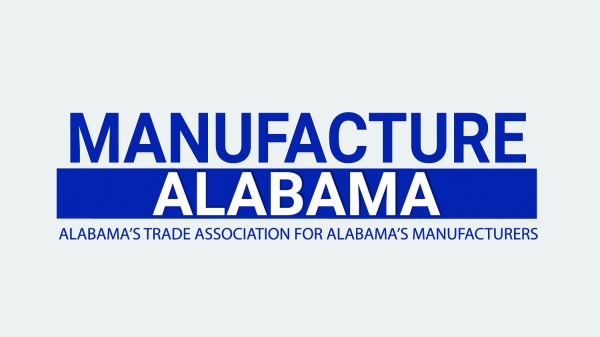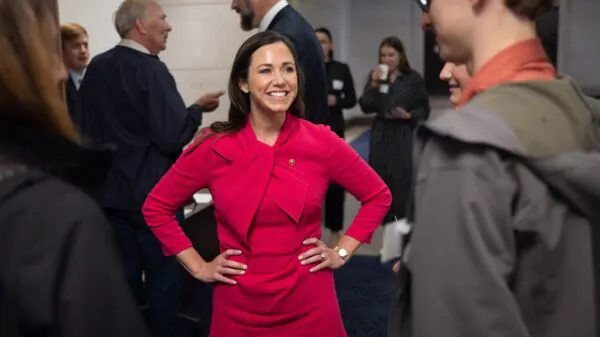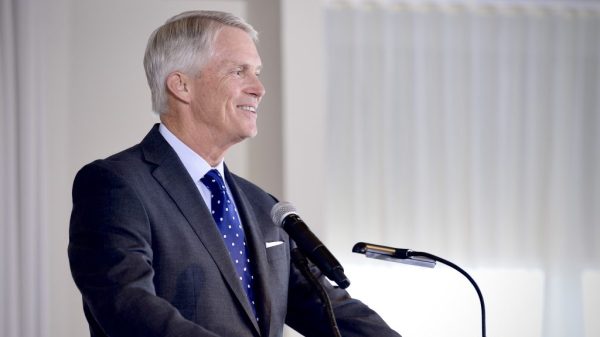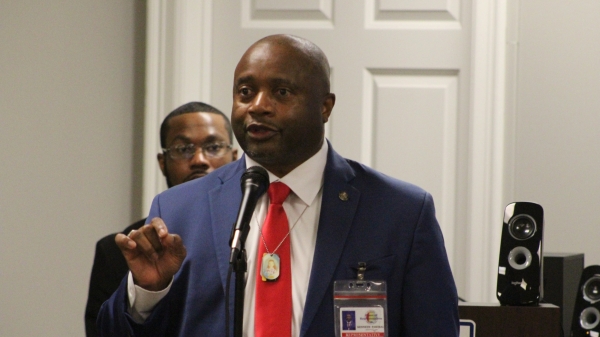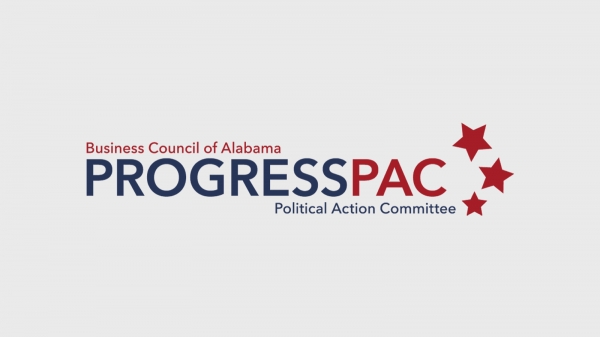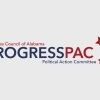By Larry Lee
Education Matters
Now that we have several years of experience with the Alabama Accountability Act, let’s look as closely as possible at the numbers available to see what’s been done.
The legislation creating AAA was passed early in 2013 under rather mysterious conditions. Basically one bill went into a conference committee and a radically different one emerged a few hours later. It was as if you went to pick up your prom date, she met you at the door of her house all cute and bubbly and told you to wait a moment while she got her coat. And minutes later her mother shows up, wrinkles and all, and says “let’s go have fun.”
It was legislative sleight of hand from the beginning. Nothing was ever as it was promised to be and studying the numbers since 2013 proves the point.
As is often the case, the bill’s mantra from Day One was about “helping poor kids stuck in failing schools by their zip codes.” But at the Alabama Statehouse, stated intentions and reality are sometimes very different.
The bill called for the creation of Scholarship Granting Organizations (SGOs) that would accept donations to be distributed as payment for students to attend private schools. Contributors would be allowed to claim a dollar for dollar tax deduction against their Alabama income tax liability.
Since such taxes are used to fund the Educational Trust Fund, a dollar given to an SGO is a dollar diverted from ETF.
Initially, donations were capped at $25 million annually. This has since been increased to $30 million. However, this cap has never been reached.
In 2013 seven SGOs collected $24,787,079. In 2014 eight SGOs got $13,413,510. The next year five SGOs took in $11,815,131. Five also got $16,088,342 in 2016, while six collected $21,010,580 in 2017.
(Originally contributions were reported on a calendar year, however, this has now changed to a fiscal year of July 1-June 30.)
Figures available on the State Department of Revenue web site show more than $87 million has gone to SGOs through June 30, 2017. However, additional info from the state indicates the actual to-date number is $93 million.
A total of 12 SGOs have participated. Five have been discontinued and only three (Alabama Opportunity Scholarship Fund, Scholarships for Kids and AAA Scholarship Foundation) that began in 2013 are still in operation.
Here are total scholarships given each year:
2013–20
2014–5,792
2015–851
2016–4,132
2017–4,119
Since the legislation says that a scholarship recipient is eligible to continue to receive it until they finish school, many of those who got scholarships in recent years were already enrolled in the program.
Private schools seeking scholarship students must apply to the state Department of Revenue for approval. As of Sept. 20, 2017 there were 203 schools on this list. Of these, 77 (37.9 percent) were non-accredited.
By far the two major scholarship granting organizations are the Alabama Opportunity Scholarship Fund and Scholarships for Kids, both headquartered in Birmingham. AOSF has received $43.6 million in donations, SFK, $39.5. It is noteworthy that the average contribution to AOSF is $66,527 as compared to $11,277 for SFK.
Of course, those who have been major proponents of AAA from the outset, such as Senate Majority Leader Del Marsh and the Business Council of Alabama, have insisted this bill was always about helping kids in failing schools. But the numbers do not support this contention.
For instance, records show that AOSF and SFK gave 3,849 scholarships in 2017. Of these, only 1,279 (33.2 percent) went to students “zoned” for failing schools. And this designation is very misleading as a student already attending a private school may actually be “zoned” for a failing public school. A much better measurement would be “attending” a failing school.
For instance, of the 5,690 scholarships awarded in 2014, 1,709 went to students “zoned” for failing schools, but at the same time 1,067 went to students who were already attending a private school. Since there were only 11 total scholarships given the year before, very few of these 1,067 could have been students getting one for the second time.
I have checked, re-checked and re-re-checked numbers. Still, because info is sketchy at best, reporting forms have changed, reporting periods have changed, etc. I am never 100 percent convinced that my numbers are totally accurate.
Because of this, the taxpayers of Alabama deserve a complete and full accounting of the AAA. A legislative committee needs to dig deep into records and gather testimony from public school educators, private school administrators, parents, etc.
Why is the state of Alabama administering a program that diverts tax dollars from potentially helping public schools to non-accredited private schools? Are scholarships truly being used to help students succeed academically, or to boost athletic programs at certain private schools?
We continue to have far more questions about the Alabama Accountability Act than we have answers.

